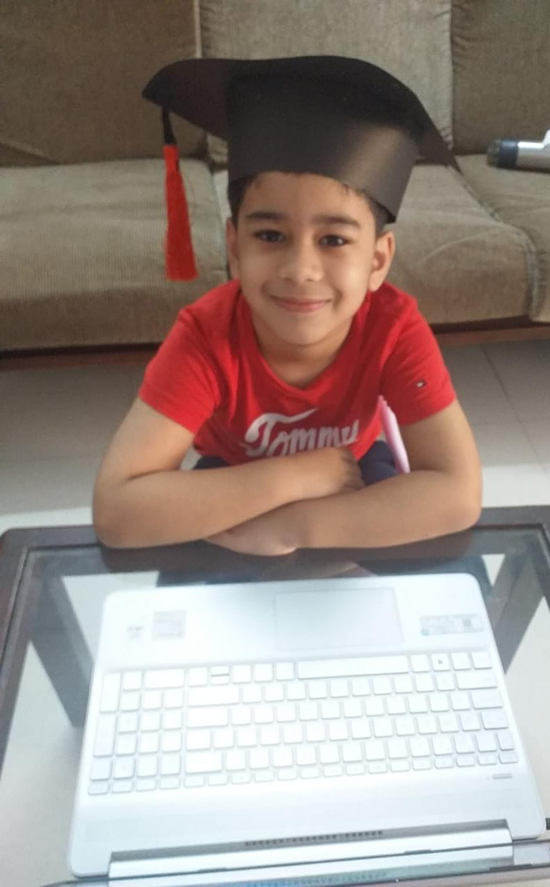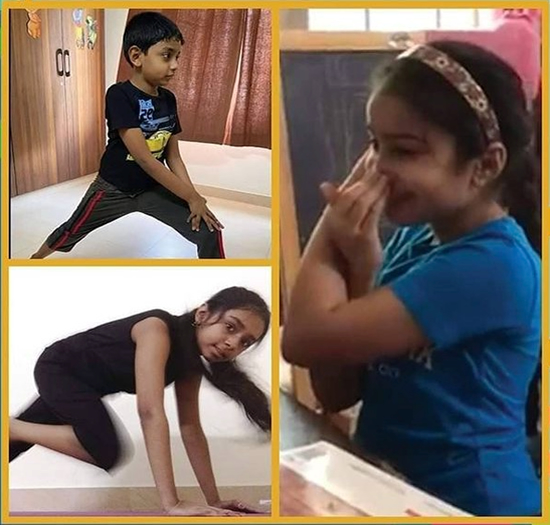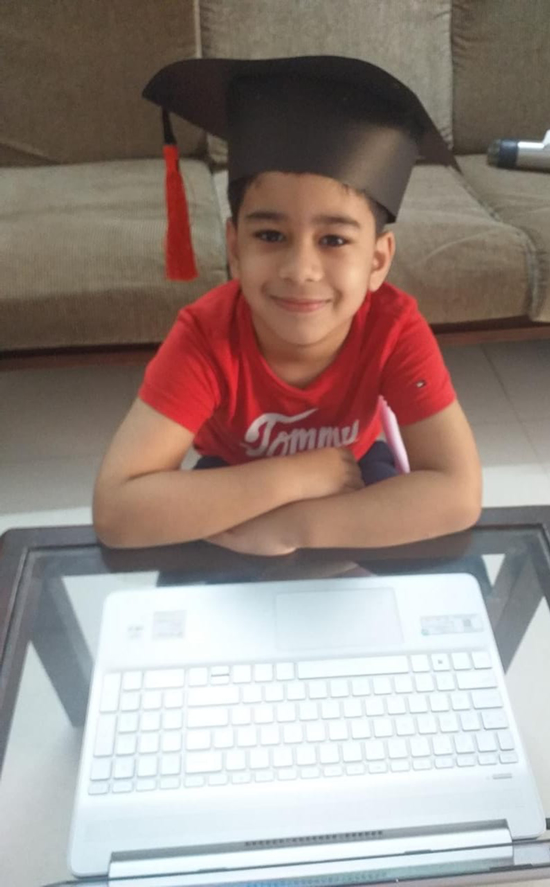We are in the digital age, marked by rapid adoption of new technologies, one that is being fuelled by a knowledge economy that values creativity, critical thinking and problem solving. Internet has revolutionised communication and is inseparable from almost every aspect of life. It operates at a personal level and throughout the structure of society, touching its very fabric. The Internet itself has been transformed from just being an information repository to a sophisticated, multidisciplinary tool, that enables individuals to create content, communicate with one another, run businesses, give and receive and even escape reality.
However, education has been an exception to this!

A 14th century illustration depicts a university lecture in medieval Italy.
Classrooms today do not look much different. Though technology was adopted for support functions like school management, student management, progress reports, finance etc, the idea of a ‘physical classroom with teacher and students’ had never changed.
Up until COVID. The pandemic brought the world to a stop overnight. Avoiding disruption and maintaining continuity became the top agenda for all, more so for people in education. Schools and colleges shifted to online learning all over the world, fairly quick and were learning fast.
A year later, with vaccination going slow and second/third waves of the pandemic running parallel in many countries, we are still on our road to recovery. This has put the education sector again on the fence. Schools, parents and students have had a taste of online school over the past year and know its pros and cons. The onus now, seems to be on educational institutions and administrators to chart the way forward. Adapting to the new is key to survival.
Online school is new for all and teachers are no exception to this. We stepped into their world and chatted up with a few members from the teaching community. Despite missing the students’ physical presence, increased workload and burnout, they had interesting feedback.
Online learning has
-
Made teachers forward-thinking and tech-savvy.
-
Given parents, by choice and/or invitation, an opportunity to view how learning happens. This has
changed their perception of the teacher’s job.
-
Helped kids who are already in the digital world, adapt very fast.
-
Given educational administrators, a thrust to improve the quality of education and personalize the
learning experience for the kid.
We also spoke to some parents across different schools, boards, having kids at different stages of school. Though they are eagerly awaiting the opening of schools, they agreed that online school had given them an opportunity to
-double up as teachers.
-save time on commute and the ensuing fatigue.
-see their kids learn without the peer pressures of a classroom.
-help their kids perceive gadgets as learning tools, not merely gaming and entertainment.
They felt the kids were
-missing out on the joys of being together and building a community.
-prone to other distraction(s) of the internet.
-not getting enough opportunities for practical or lab-related work.
They made interesting recommendations on what aspects of online schooling they would like to continue to
have in the future
- Lesson plans extended to include a wide variety of activities, tools and resources.
- Systematic recording and cataloguing of sessions for future reference.
-
Shorter school hours, as opposed to the 8-hour work pattern.
A closer look would reveal that technology has profoundly changed education.
-
At a basic level, it has expanded access to people and resources.
-
It has made expensive educational resources affordable to all. If you can afford internet, you can afford
most material in it as well.
-
Learning is no more limited by constraints of location and transport.
-
Online platforms enable diverse and easy collaboration across geographies.
-
They provide for students to pick and choose what they want to learn and learn at their own pace.
With this as the backdrop, will school ever be the same again? Here in, comes blended learning.
A hybrid of in-person lessons and online learning, it is one of the many proposed models for the future of the technology-assisted classroom. It offers all the aforesaid advantages of technology, with the teacher still retaining autonomy of the class. Instead of being a ‘Sage on the Stage’, she/he becomes the ‘Guide on the Side’, creating a healthy, supportive and interactive learning
environment. A blended learning method assumes and mandates the following-
-
A certain minimum infrastructure viz. a stable network, power supply, laptop or any other device and adult support, when needed.
-
For very small children, the parent might be required to sit through the work.
-
Parents need to keep the child on track with the curriculum and work submissions.
-
A conscious attempt has to be made to create other checkpoints on screen time and creating opportunities for physical activities. Here is the link to our blog ‘Screen Controls‘.
Education is a continuous process; in today’s world, it is about knowing where to find reliable information and having the ability to apply it to real-life situations. The beauty of blended learning is that it can be sized and shaped in different ways, depending on the school, student group, subject, problem on hand and resources.
Blended learning definitely seems worth a consideration for the future. With suitable changes in structure and curricular content by administrators, sincere effort by the teachers to create a supportive learning environment and active involvement from parents, it could make education more balanced and effective. Exploring it now would truly take the discussion from how it has been to what it could be.
Send us your thoughts on how you expect to adapt to this new approach. Email us at mailus@harishree.org















